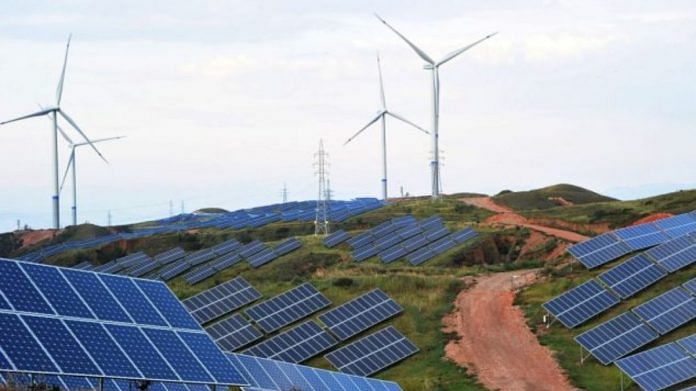The Promise of Wind Energy in India
Wind energy is one of India’s most promising renewable resources. The government has set ambitious targets to increase wind power capacity, aiming for over 120 GW by 2032. This clean energy source is vital for reducing carbon emissions and meeting the country’s ever-growing electricity demand.
However, the road to large-scale wind energy is far from smooth. The journey from planning to execution is filled with hurdles, many of which are unique to India’s landscape, regulatory environment, and economic realities.
Land Acquisition: The First Major Roadblock
One of the biggest challenges is land acquisition. Large wind farms require vast stretches of land, often in remote or rural areas. Negotiating with multiple landowners, unclear land records, and disputes over compensation can cause significant delays. In densely populated regions, finding suitable land without affecting agriculture or local communities is even more complicated.
Interesting Fact
Did you know? In some states, land disputes and lack of clear ownership records have delayed wind energy projects by several years, highlighting the need for digitized land records and streamlined processes.
Grid Integration: Managing the Intermittent Nature of Wind
Even after the wind turbines are installed, the next challenge is grid integration. Wind energy is intermittent-its output changes with the wind speed, which is not always predictable. India’s power grid, originally designed for stable, fossil-fuel-based electricity, struggles to handle these fluctuations. This can lead to grid congestion, voltage instability, and even power outages.
Upgrading the transmission infrastructure to carry wind power from remote sites to cities is expensive and time-consuming. Without these upgrades, much of the generated wind power goes unused, wasting both energy and investment.
Policy and Regulatory Hurdles
Policy uncertainty is another significant barrier. Frequent changes in government policies, unclear regulations, and delays in signing power purchase agreements (PPAs) can create confusion for developers and investors. Sometimes, the ceiling tariffs set during auctions are so low that projects become financially unviable, especially when combined with rising costs and project delays.
State and central governments often lack coordination, leading to inconsistent implementation of policies. This slows down the approval process and increases the risk for companies investing in wind energy.
Financial and Logistical Challenges
Setting up a wind farm is a capital-intensive process. Developers face financial strain when there are delays in land acquisition, grid connection, or regulatory approvals. Many projects rely on government subsidies and tax benefits, which can be lost if timelines are not met.
Transporting massive turbine components to remote locations is another logistical challenge. Roads and bridges often need to be reinforced or modified to handle the heavy loads, adding to costs and delays.
Environmental and Social Concerns
Large-scale wind projects can impact local wildlife, especially birds and bats. Communities sometimes oppose wind farms due to concerns about noise, visual impact, or effects on tourism and agriculture. Engaging with local stakeholders and addressing their concerns is essential for the long-term success of any project.
The Price Factor: Making Wind Energy Affordable
Cost is always a concern. While wind power has become more affordable over the years, the 1kw wind turbine price in india remains a key consideration for both small and large projects. Keeping costs low while ensuring quality and reliability is a balancing act for manufacturers and developers alike.
Government Initiatives and the Way Forward
Recognizing these challenges, the Indian government has launched several initiatives:
Investment in new transmission lines and grid upgrades
Financial incentives like Generation-Based Incentives (GBIs)
Accelerated Depreciation benefits for wind projects
Support for hybrid renewable projects (combining wind and solar)
These measures are helping, but more needs to be done. Stronger policy enforcement, better coordination between states and the central government, and faster dispute resolution are crucial for future growth.
Conclusion
India’s wind energy sector is at a crossroads. The potential is enormous, but so are the challenges. Overcoming land, grid, policy, financial, and social hurdles will require innovation, collaboration, and sustained government support. With the right strategies, India can harness the true power of the wind and move closer to a sustainable energy future.
The winds of change are blowing, and with careful planning and determination, India can turn these challenges into opportunities for a greener tomorrow.

No comments:
Post a Comment